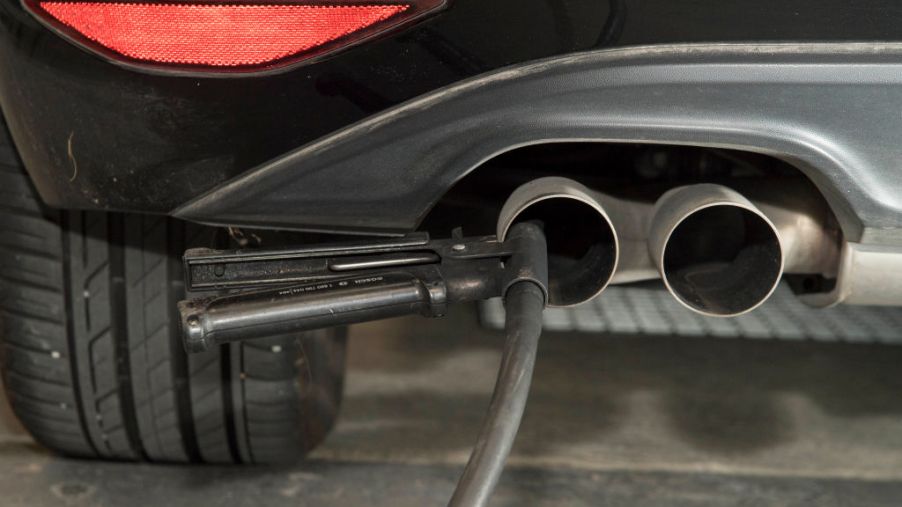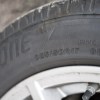
Use These Clever Tips to Pass Your Emissions Test
Reducing vehicle emissions is a major concern for automotive manufacturers and for environmental agencies and sometimes even the average car buyer. Usually, a smog test is required if you are registering a vehicle, renewing a registration, or every 2 years after registration. Trying to stay current with your state’s emission test requirements can be a challenge as they vary from state to state. For more specific details on what your state requires for vehicle emissions inspection requirements and exemptions, check with your local DMV.
If the time to have your vehicle’s emissions test is fast approaching and you are concerned about a potential fail, what are your options? Instead of attempting to cheat emissions, use these clever tips to pass your next test.
1. Get an oil change
Chances are your car is probably due for one anyhow, but even if it falls a little early in your oil change schedule, it can never hurt. AxleAddict explains that as your car’s PCV (positive crank ventilation) system breathes in the fumes located near the oil compartment, dirty or contaminated oil can skew your test results due to higher registered emissions.
2. Inflate your tires
Ensure your tires are properly inflated. According to Edmunds.com, during a dynamometer test, your car’s tires will be placed on rollers which mimic high speed driving while stationary. If the tires are under-inflated, this will require the engine to work harder to reach desired speed, resulting in higher emissions.
3. Get a tune-up
Make sure this is done at least two weeks prior to your smog test as certain diagnostics that your car runs will need adequate time to register and pass the test. Advance Auto Parts notes that things such as worn spark plugs could lead to increased emissions. Also, a dirty or clogged air filter could mean higher levels of hydrocarbons. It will pay off in the end to have maintenance done strategically timed around your emissions test to help ensure a pass.
4. Warm your car up
“Drive your vehicle for at least 20 minutes prior to arriving at the smog station” says smogtips.com. The reason is that after driving around 10-15 miles, the catalytic converter, oil, and coolant fluids reach optimal operating temperature. Ideally, you should also drive your vehicle at higher speeds on the highway in the weeks preceding your test as this will get the catalytic converter heated up to temperatures that will burn out gas and oil residue.
5. Resolve an illuminated check engine light
A lit check engine light is an automatic fail and should be resolved before your emissions test. Carfax reports that this commonly occurs when a gas cap is loose or missing. A faulty oxygen sensor or catalytic converter could also be the culprit.
6. Use a fuel additive
Carbon deposits in the intake and exhaust system can be cleared out through the use of fuel additives, suggests yourmechanic.com. These fuel additives are easily purchased at your local automotive store or gas station and are simply added to the gas tank when filling up.
7. Pretest or free retest
Save yourself time, money, and the hassle by finding out what the options are in your area for doing a smog pretest. That way you can avoid having the big “fail” and work to resolve issues beforehand. You can also look for a test center that offers a no-charge retest in the event of not passing.


